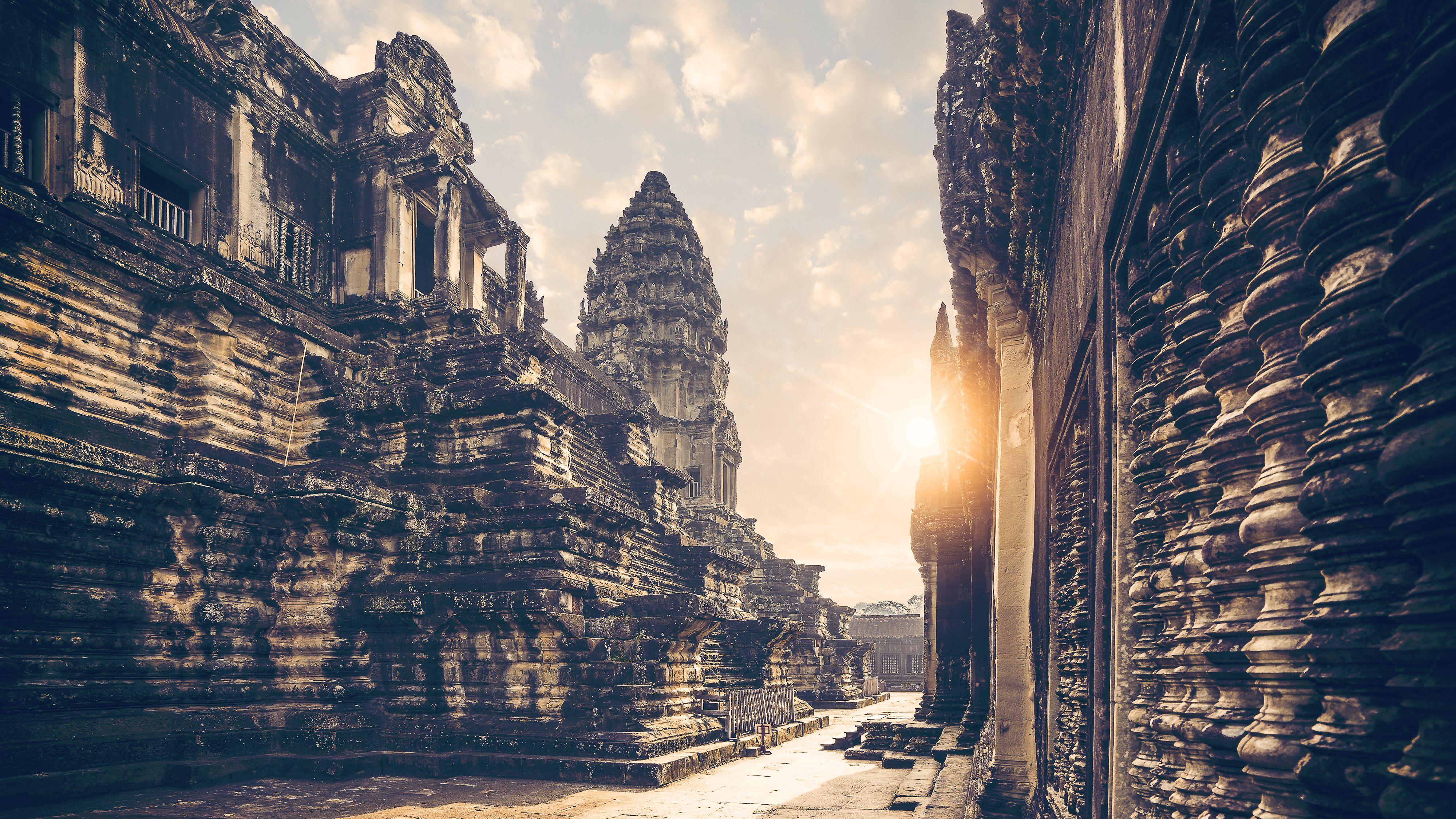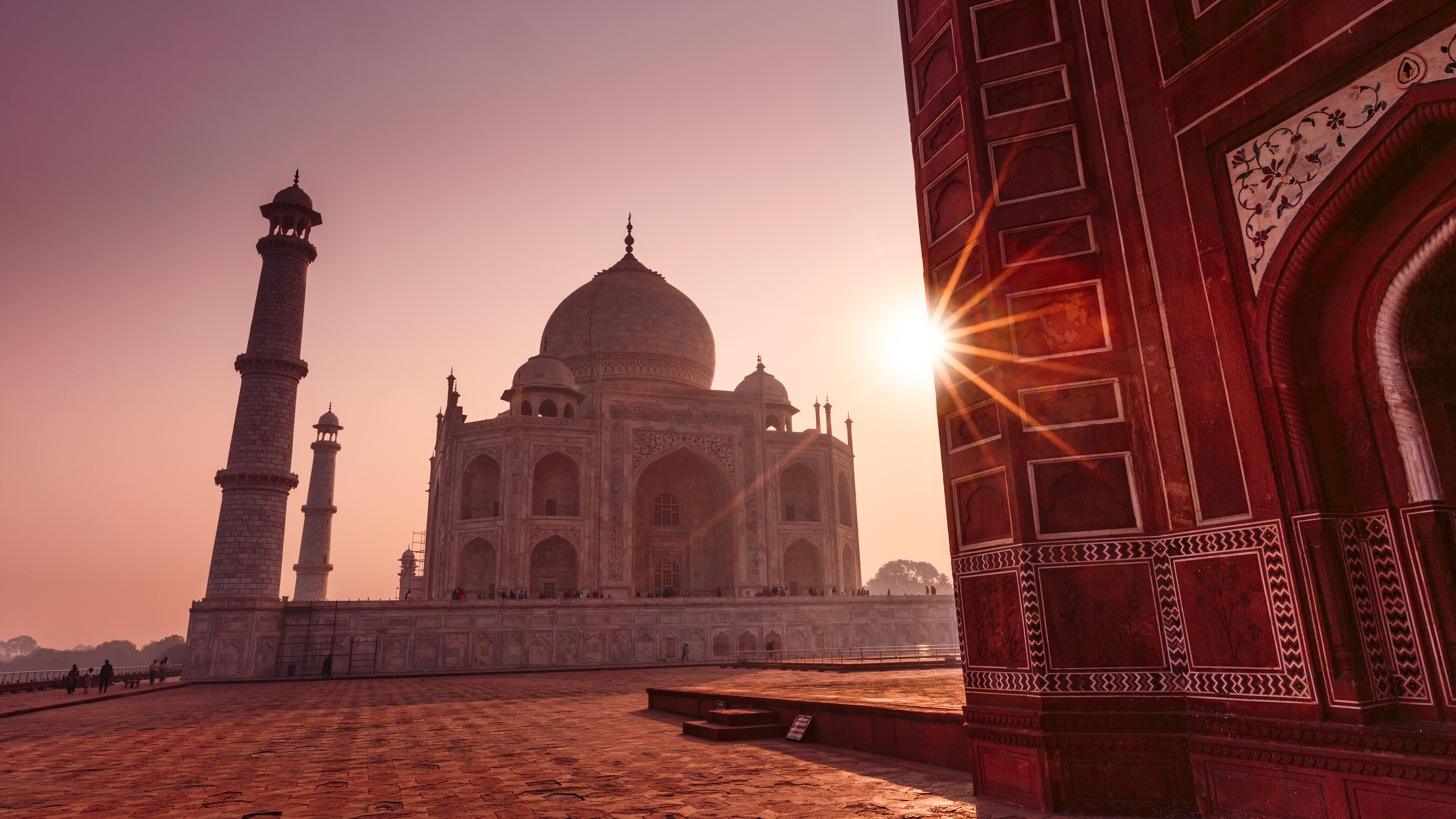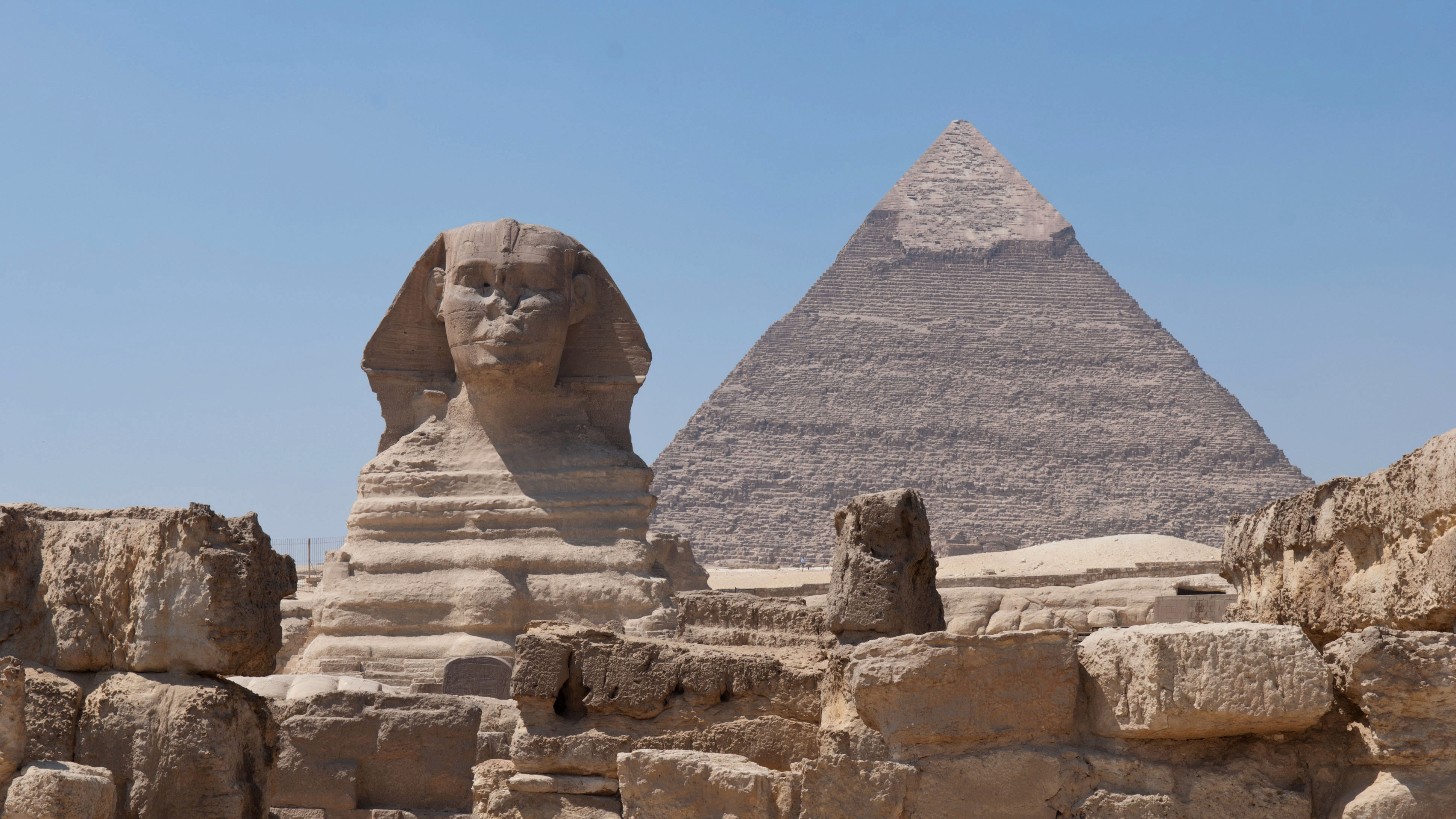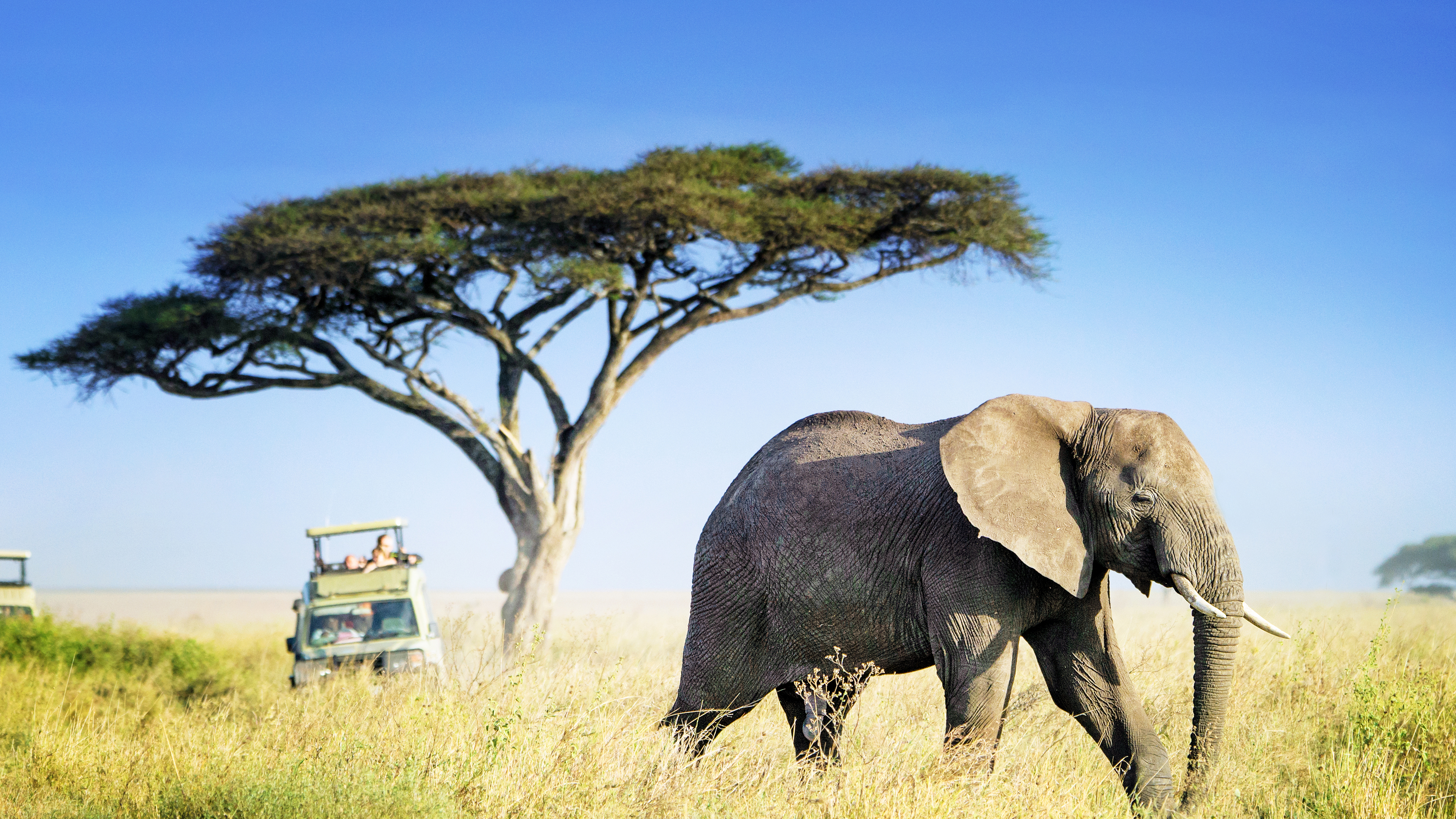How to beat the tourist crowds: from Angor Wat to the Taj Mahal
After a more intimate, authentic experience… and lower prices? Travel strategically and you can have the world’s top tourist sites all to yourself


The world is a big place, but social media is making it smaller. We're becoming less imaginative as travellers, relying on what we see on Instagram and Facebook to determine the 'must-see' places around the world.
Most are entirely justifiable as not-to-be-missed sights, but a concentration of visitors is causing problems in some places where millions of tourists descend on a landmark, and all in the same peak season.
- Check out T3's ultimate travel guide
- Make sure you're using the best suitcase
- This is the best carry-on luggage
It's caused a lot of monuments and attractions to impose restrictions on how many people can visit. Seeing the likes of Angkor Wat, the Taj Mahal, the Great Pyramids, Machu Picchu and East Africa’s Big Game parks amid huge crowds is unpleasant.
So dodge the crowds by becoming clued-up on when to go, and what to fo when you get there.

Angkor Wat, Cambodia
Saffron-robed monks sitting alone on the ramparts of the largest religious monuments in the world used to make incredible photographs. Now they're surrounded by Chinese tourists. Angkor Wat is on everyone's bucket list, a fact that's all too obvious when you arrive.
Despite the fact that it's spread over 160 hectares, the key experience appears to be sunrise at the main temple. That puts everyone in the same place at the same time, and it's horrible.
So here's what you do; avoid September to February in particular, and aim to visit April to September, when heat, humidity, and rain deter most visitors (though avoid Khmer New Year in mid-Apri).
Get all the latest news, reviews, deals and buying guides on gorgeous tech, home and active products from the T3 experts
When you get there, avoid the temptation to go to the West Gate in front of the pond to photograph the sun rising behind Angkor Wat… not only is it teeming with people, but you shouldn't be photographing a sunrise. Instead get a photo of the rising sun shining on temples. Come here an hour before dusk when it looks stunning, and far quieter.
Ta Prohm, the ‘jungle temple’, is best visited at sunrise before the tour groups coming from the main temple reach it.

Taj Mahal, India
It's over-hyped, it's packed with tourists, and it's actually pretty badly maintained. However, no visit to India is complete without a visit to Agra's marble monument to love that took 22 years to build back in the 17th century.
Most visitors visit the Taj Mahal between November and February to avoid the heat and the summer rainy season. Sensible in theory, but in practice, it means you'll be surrounded. It's also when smog levels are worst, which can often obscure the Taj Mahal, thus ruining your photos.
So here's what you do: visit between March and June in the hot, dry season (the equally quieter July to September is monsoon season, which can make travel trickier).
Whenever you visit, enter the Taj at 6AM and, crucially, do not stop to take the classic Taj-reflecting-in-pond photo. Run to the main temple and you'll have it all to yourself for at least 10 minutes.

Ancient Egypt
Unstable politics might be affecting tourism to Egypt, but when it comes to the major sights like the Pyramids of Giza, the Temples of Luxor, and Abu Simbel, it's still busy.
Most visit between October and April, with the months of December and January the ones to avoid if you don't want to spend your time in busy, bustling queues.
It does get really, really hot in Egypt, hence tourists' obsession with visiting in winter, but you can escape some of the crowds if you visit in May and sight-see only in the early morning and late afternoon.

Machu Picchu, Peru
The 'lost city of the Incas' now gets over 1.3 million tourists per year, which it can barely cope with.
Machu Picchu gets its highest number of visitors in August, and, generally, it's worth avoiding the peak season of June-October. The quietest month is December, with November-April a good time to plan a trip.
Since Machu Picchu can only be visited using official guides, and by shuttle bus up the mountain from nearby Aguas Calientes, the best way to get in early is to hike at high altitude for four days along the Inca Trail, though you'll need to get your tickets for that at least six months in advance, and be physically fit.

Safari, East Africa
Have you ever seen the Big Five? It refers to the five most difficult and dangerous animals to hunt on foot – lion, elephant, buffalo, leopard, and rhinoceros. However, the reality of 'hunting' for them (with a camera only, obviously) is that whenever an animal is sighted in the national parks and game reserves, mobile phones and walkie-talkies mean that 25 safari trucks gather around them, engines revving, and generally making the experience unpleasant.
The June to October dry season is when safaris are most popular, so from November to May is when to visit for some peace.
Calving season in the southern Serengeti, from late January into February, is when around 8,000 wildebeest are born every day, something so few tourists get to witness. That means huge concentrations of lions, hyenas, and cheetahs.
November to May's ‘wet season’ (short afternoon showers) is also when the country is in full bloom, so particularly picturesque for photography.
Looking for more travel inspiration?
- These are the best hotels in London
- These are the best hotels in New York
- These are the best hotels in Las Vegas
- These are the best hotels in Dubai
- These are the best hotels in San Francisco
- These are the best hotels in Paris
- These are the best hotels in Chicago
- These are the best hotels in Singapore
Jamie is a freelance journalist, copywriter and author with 20 years' experience. He's written journalism for over 50 publications and websites and, when he's not writing, spending most of his time travelling – putting the latest travel tech through its paces.
